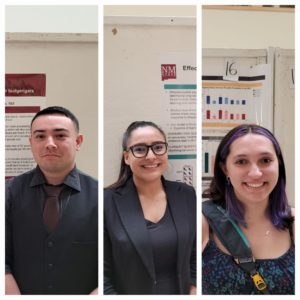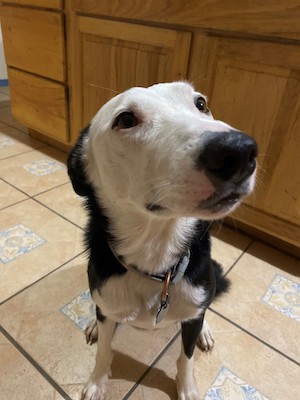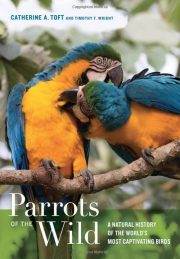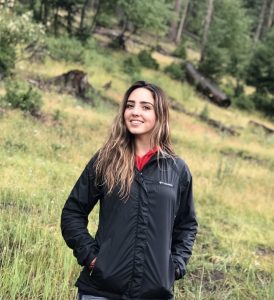
URCAS and Biosymposium 2023
This year at URCAS, the Wright Lab was represented by Kayla Moehn, who gave an
The Wright Behavior Lab
Avian Communication, Learning and Evolution


Dept of Biology
New Mexico State University
Las Cruces, NM 88003-8001
(575) 646-1136
email


Parrots of the Wild is published!”
Hear a nice Podcast at the World Parrot Trust’s website.
This book can be purchased at Amazon.com with all proceeds benefiting the World Parrot Trust.
Research in the Wright Lab focuses on the function, evolution and underlying mechanisms of learned vocal signals in birds. Across the animal kingdom, the ability to learn vocal communication signals is restricted to a few evolutionarily distinct groups (songbirds, hummingbirds and parrots among birds; humans, bats and whales among mammals). Parrots, in particular, are renowned for their vocal mimicry abilities in captivity, but less is known about how learning is used in the wild. Thus they present exciting opportunities for understanding how learning shapes communication behavior, how the function of learned vocalizations might differ between species, and how the underlying neural and endocrine mechanisms have evolved.
These core interests have expanded through the years to encompass a variety of related topics including phylogenetic relationships in parrots, the evolution of long lifespans and advanced cognitive abilities, and the role of behavioral flexibility in species invasions and conservation. My students, collaborators and I approach these questions using a broad range of approaches including field observations, sound analysis, captive behavior studies, neural gene expression, interspecific comparisons, and molecular genetics. Students in my lab make use of these techniques or adopt new ones as appropriate to investigate their own questions in avian behavior and evolution.

This year at URCAS, the Wright Lab was represented by Kayla Moehn, who gave an

Congratulations to Whitney Watson on being awarded the Richard Bischoff Memorial scholarship by the Mesilla

Lab alum, Valeria Perez, has been awarded the National Defense Science and Engineering Graduate (NDSEG)

Kayla Moehn will be the NMSU Alumni Outstanding Graduate for the College of Arts and

Congrats to lab alum, Dr. Grace Smith Vidaurre, who has just accepted a tenure track
 Timothy F. Wright
Timothy F. Wright
Department of Biology
New Mexico State University
(575) 646-1136
email
Wright Behavior Lab Avian Communication and Evolution
Copyright © 2010 Tim F. Wright Design by Koa Digital